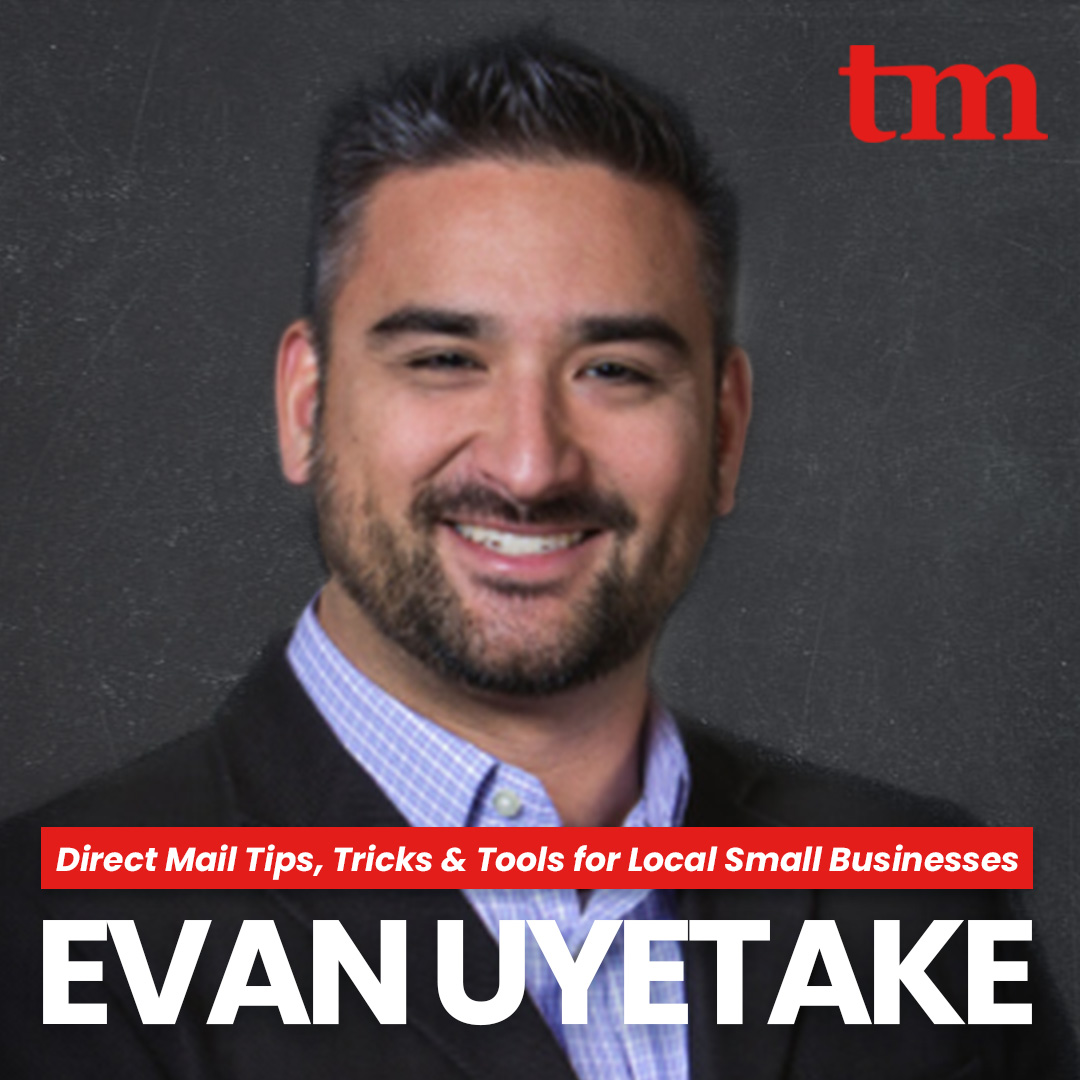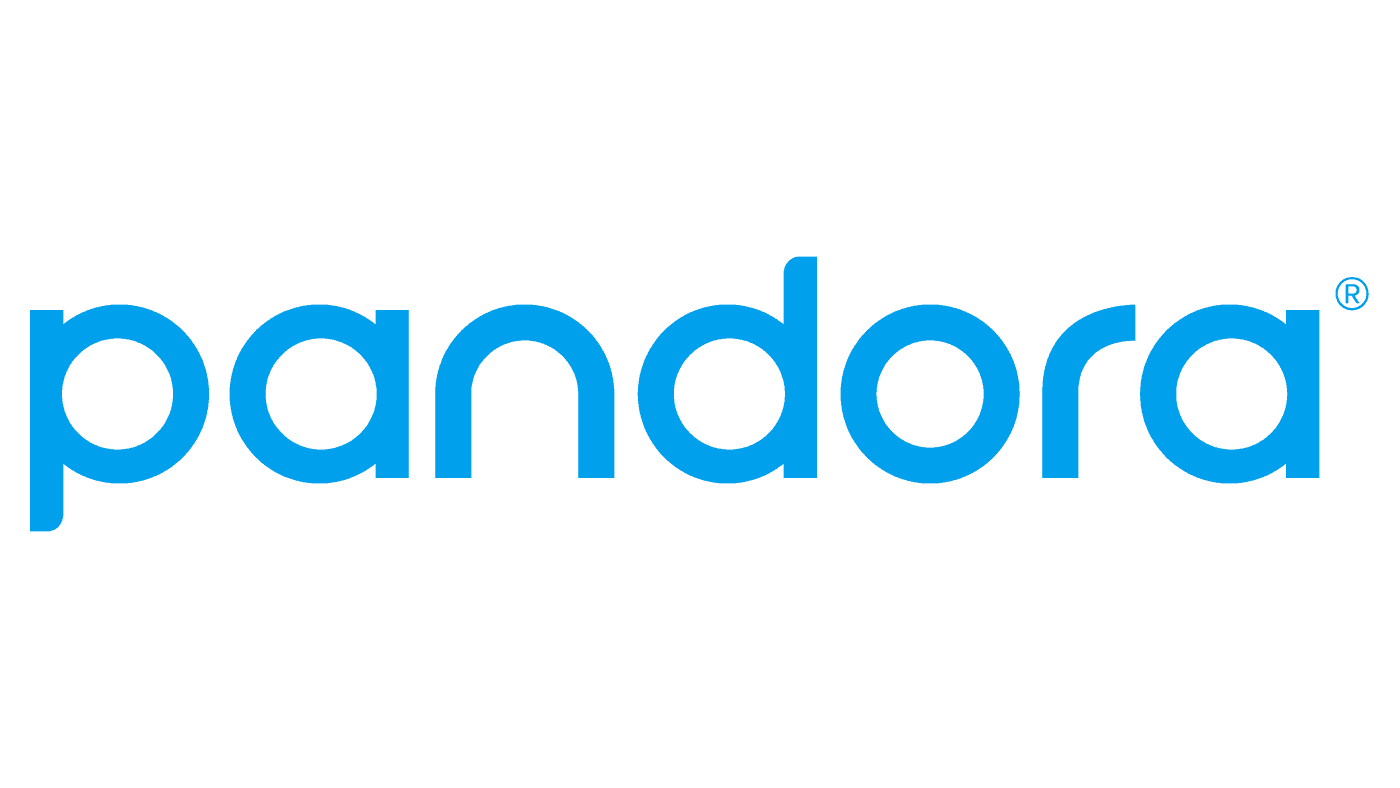“You do not have a lot of time to capture a person's attention so you want to be very clear with the things that you are communicating to them.” – Evan Uyetake
In today’s episode, Clarence talks with Evan Uyetake from Trost Marketing about how to use, what's been called, the most reliable small business marketing media-direct mail to drive more leads and sales for your local business. Here are some of the fascinating things you will learn in this episode:
- Proven strategies to get the best conversions from your direct mail campaigns
- What to look out for with Every Door Direct Mail
- How to get people to respond to your ad with money in hand and eager to buy
- A little-known strategy that combines direct mail with email for higher customer engagement
So listen here to find out how to make more sales for your local business using direct mail.










